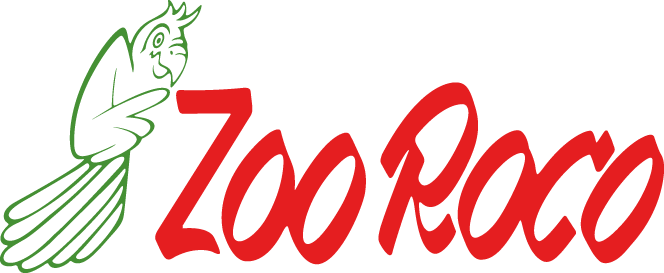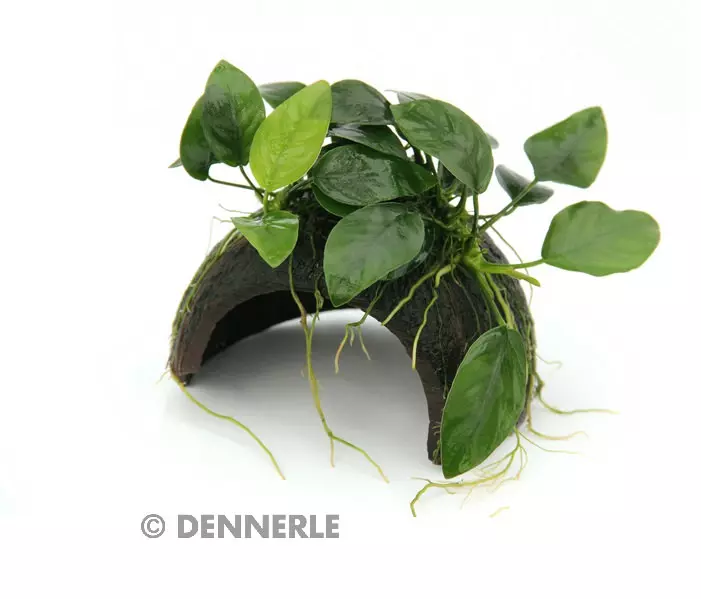Anubias barteri nana
Dwarf spear leaf, multi-stemmed - XXL - Mother plant
Dennerle A21
| max. growth height | 5 - 10 cm | Country of origin | West Africa |
|---|---|---|---|
| Suitability | Aquascaping, perch aquarium, community aquarium, NanoCubes | Type | Perennial plant |
| family | Araceae | Genus | Anubias |
| Propagation | Division of the rhizome | Growth rate | slow |
| pH | 5 - 9 | Water hardness | 0 - 30 °dh |
| Hints | Tie to a stone or root. Easy to care for and undemanding. | ||
The dwarf spear leaf, as it is known by its German trade name, is one of the most popular aquarium plants of all. It is an excellent foreground plant that requires very little care. When planting, attention must be paid to the rhizome. This thickened shoot must not be covered with substrate. The small Anubias grows best when tied up on stones and roots (see Mbuna trees on page 78). The dwarf spear leaves are very often used for cichlids from Lake Malawi and Lake Tanganyika. Here they look particularly decorative between the stone structures.
| Aquarium: | Community aquarium, Landscape/Aquascaping, Nano Aquarium, Perch aquarium |
|---|---|
| Genus: | Anubias |
| Growth: | slowly |
| Origin: | Africa |
| Properties: | Mother plants, Perennial plants |
| Stand: | In the foreground |
Login
4 June 2017 10:42
Top, grosser Stock, top Pflanze
Schnelle Lieferung, guter Kontakt








